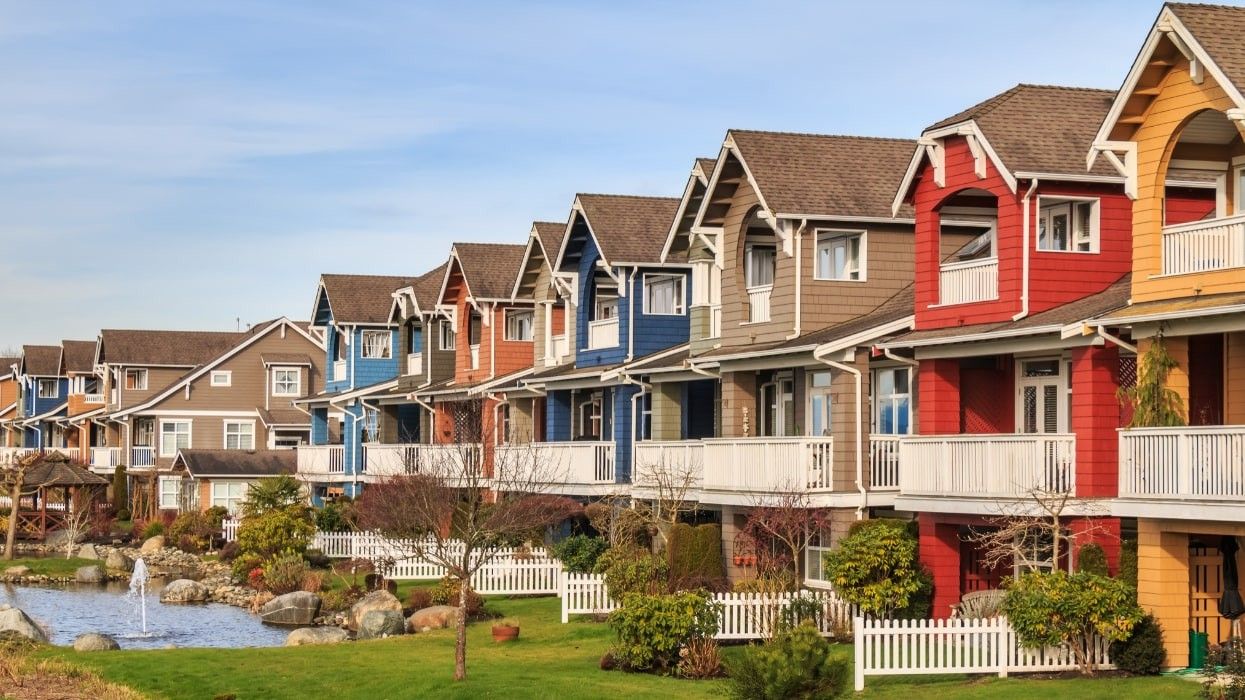The summer’s dual interest rate hikes helped to bring better balance to the Canadian real estate market, with sales slowing and new listings on the rise in August.
According to the latest data from the Canadian Real Estate Association (CREA), sales dipped 4.1% month over month in August, following a 0.7% monthly decline in July. However, actual (not seasonally adjusted) activity was up 5.3% annually last month.
The national figure was pulled down by faltering sales in Greater Vancouver, the Fraser Valley, Montreal, Ottawa, and Hamilton-Burlington, as well as London and St. Thomas.
Meanwhile, the number of newly listed homes edged up 0.8% on a monthly basis in August. At the start of 2023, new listings sat at a 20-year low; between March and July, they cumulatively increased by more than 24%.
“With sales slowing and new listings returning to more normal levels, demand and supply are continuing to come into better balance” said Larry Cerqua, Chair of CREA.
As such, the national sales-to-new-listings ratio eased to 56.2% in August, back in line with the measure’s long-term average of 55.2% — this, in comparison to the 59% seen in July, and the peak of 67.4% recorded in April. At the end of August, there were 3.4 months of inventory left across the country, up from 3.2 months in July, but still well below the long-term average of five months.
Coincidingly, prices levelled off in August, with the Aggregate Composite MLS® Home Price Index (HPI) rising just 0.4% month over month to $757,600. CREA noted the increase is about half of the 1.1% monthly jump seen in July, which itself was roughly half of the gains seen in the preceding three months.
The MLS HPI was also up 0.4% annually in August, marking the first year-over-year gain since September 2022. Although prices appear to be stabilizing, CREA cautions that annual comparisons are likely to rise in the months ahead due to the consistent declines seen throughout the second half of 2022.
Provincially, price growth has “remained solid” in Quebec — rising 4.9% annually — and on the East Coast, with prices up 13.3% year over year in New Brunswick and 8.1% in Nova Scotia. Solid annual increases were also seen in British Columbia (5.3%) and in the Prairies, with prices up 4.5% in Alberta and 4.0% in Manitoba. However, Ontario is a “mixed bag,” with both large increases and significant declines leading to an overall 0.3% annual price increase.
"August was the first full month of housing data following the Bank of Canada’s July rate hike, so a dip in activity was expected,” said Shaun Cathcart, CREA’s Senior Economist.
“The demand is obviously still there, and it will be back, but as the housing affordability crisis re-emerges as a top policy issue, for now, the slowdown on the buyer side should help keep a lid on prices.”
The actual (not seasonally adjusted) national average home price was $650,140 in August, a 2.1% annual increase.





















